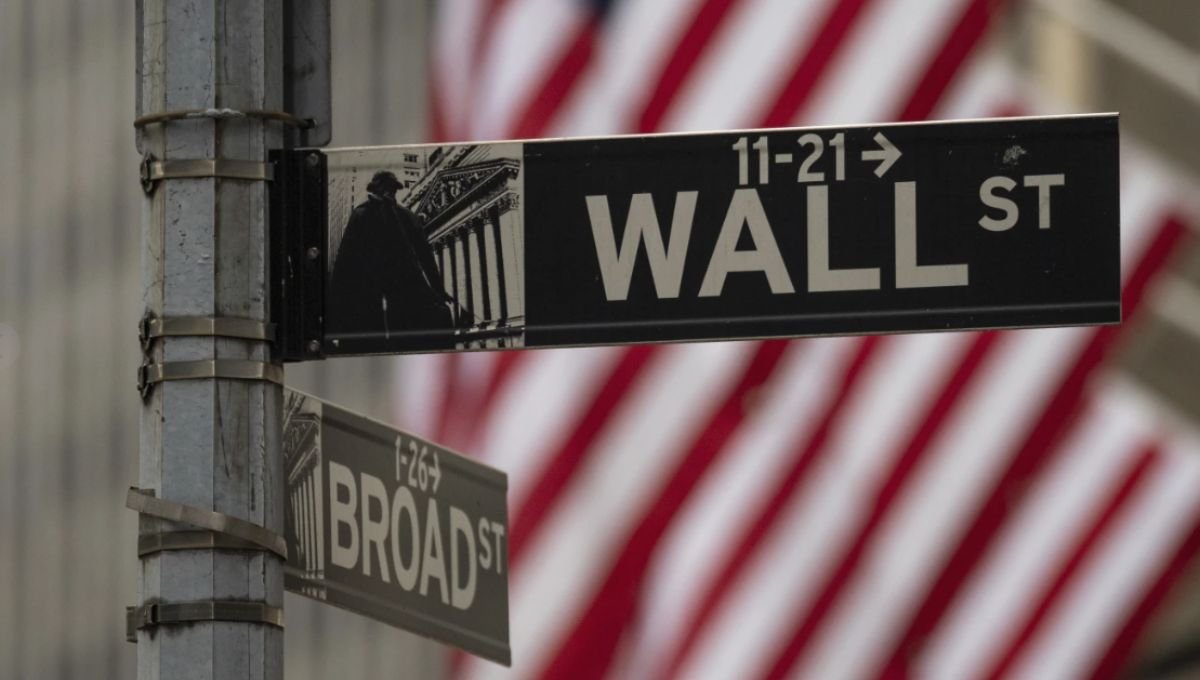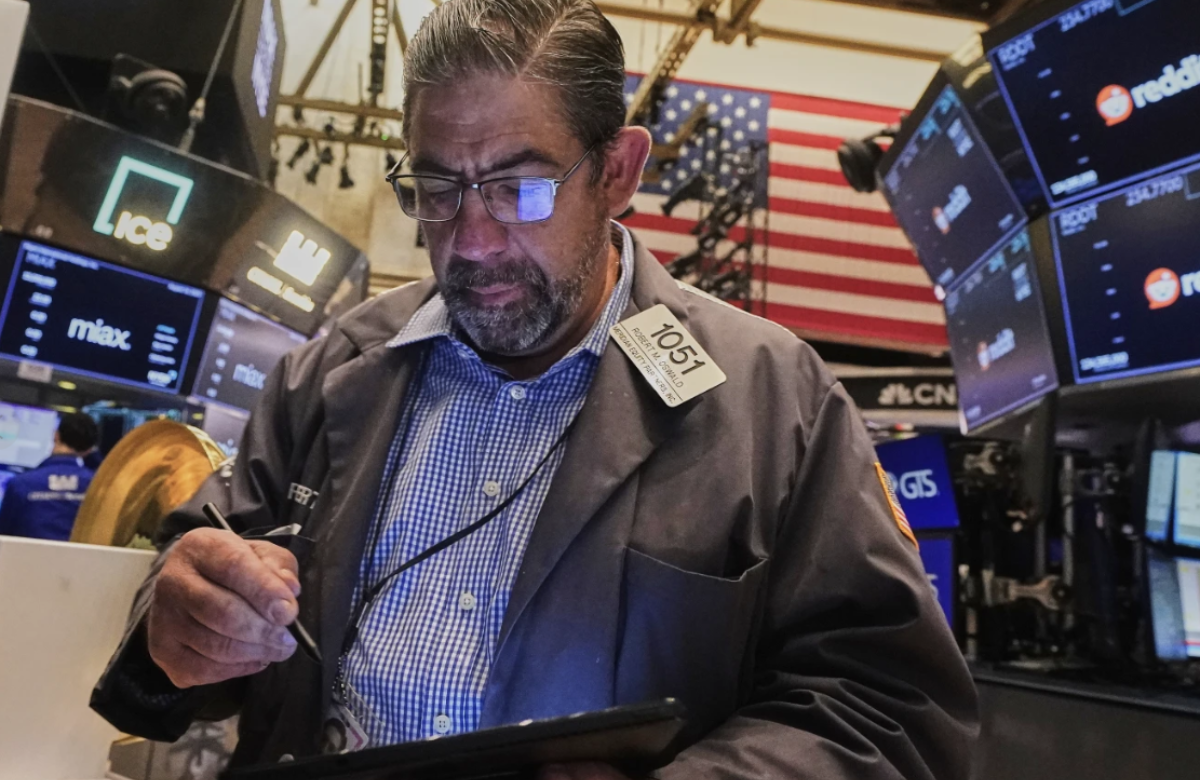The U.S. stock market climbed closer to a new all-time high Thursday, with the S&P 500 up 0.6% by midday—just 0.3% shy of its record set in February. The Dow Jones Industrial Average added 280 points (0.7%), while the Nasdaq composite rose 0.6%.
Consumer goods company McCormick surged 4.8% after reporting quarterly profits that exceeded Wall Street expectations. The company also issued a strong full-year profit forecast, noting planned efforts to offset rising costs linked to tariffs proposed by President Donald Trump.
While recent gains were helped by corporate earnings, the market’s broader rally since the spring has largely been driven by major technology stocks. Nvidia, a key player in the artificial intelligence boom, rose 1% and has soared 61% since the market bottomed on April 8—well ahead of the S&P 500’s 23% gain in the same period. Super Micro Computer, another AI-focused firm, jumped 4%, bringing its post-April 8 surge to over 50%.
Micron Technology, which produces memory and storage solutions, saw choppy trading after beating quarterly earnings and revenue expectations. CEO Sanjay Mehrotra pointed to rising AI-driven demand, and the company projected stronger profits for the current quarter. Despite this, Micron shares were recently down 0.7%.
Although concerns over tariffs have eased since Trump’s surprise announcement in April, uncertainty remains over their final impact on the economy and inflation. Still, the economy has shown resilience. New data showed a stronger-than-expected rise in durable goods orders and a drop in jobless claims—both suggesting continued strength in the labor market.
However, a separate report indicated that the U.S. economy contracted more in the first quarter than initially thought. Economists believe this was due in part to companies front-loading imports ahead of potential tariffs, and they expect growth to pick up in the coming months.
In the bond market, Treasury yields fluctuated but ended mostly unchanged. The 10-year yield dipped slightly to 4.27%, while the 2-year yield stayed at 3.74%. Market analysts pointed to reports that Trump may soon name a replacement for Federal Reserve Chair Jerome Powell—a move seen as potentially destabilizing, given its implications for central bank independence and inflation control.
Powell has emphasized a cautious approach, waiting to assess the economic impact of tariffs before considering interest rate cuts. Trump, however, continues to push for immediate cuts and has criticized Powell publicly. Two Fed appointees have also indicated openness to lowering rates at the Fed’s upcoming meeting.
“Yields fell, the dollar weakened, and inflation expectations rose—signs investors may worry about political influence over the Fed,” said Brian Jacobsen, chief economist at Annex Wealth Management. Still, he noted, interest rate decisions are made by a committee, not just the chair, offering some stability even with potential leadership changes.
Overseas markets showed mixed results. European indexes edged higher, while Asia had a split performance—Japan’s Nikkei 225 climbed 1.6%, but South Korea’s Kospi slid 0.9%.
Oil prices rebounded slightly after a sharp drop earlier in the week. U.S. crude rose 1.9% to $66.13 a barrel, though it remains below levels seen before the recent conflict between Israel and Iran began.
Also Read:
U.S. Stocks Climb Toward Record Highs as Oil Prices Drop and Global Markets Surge














